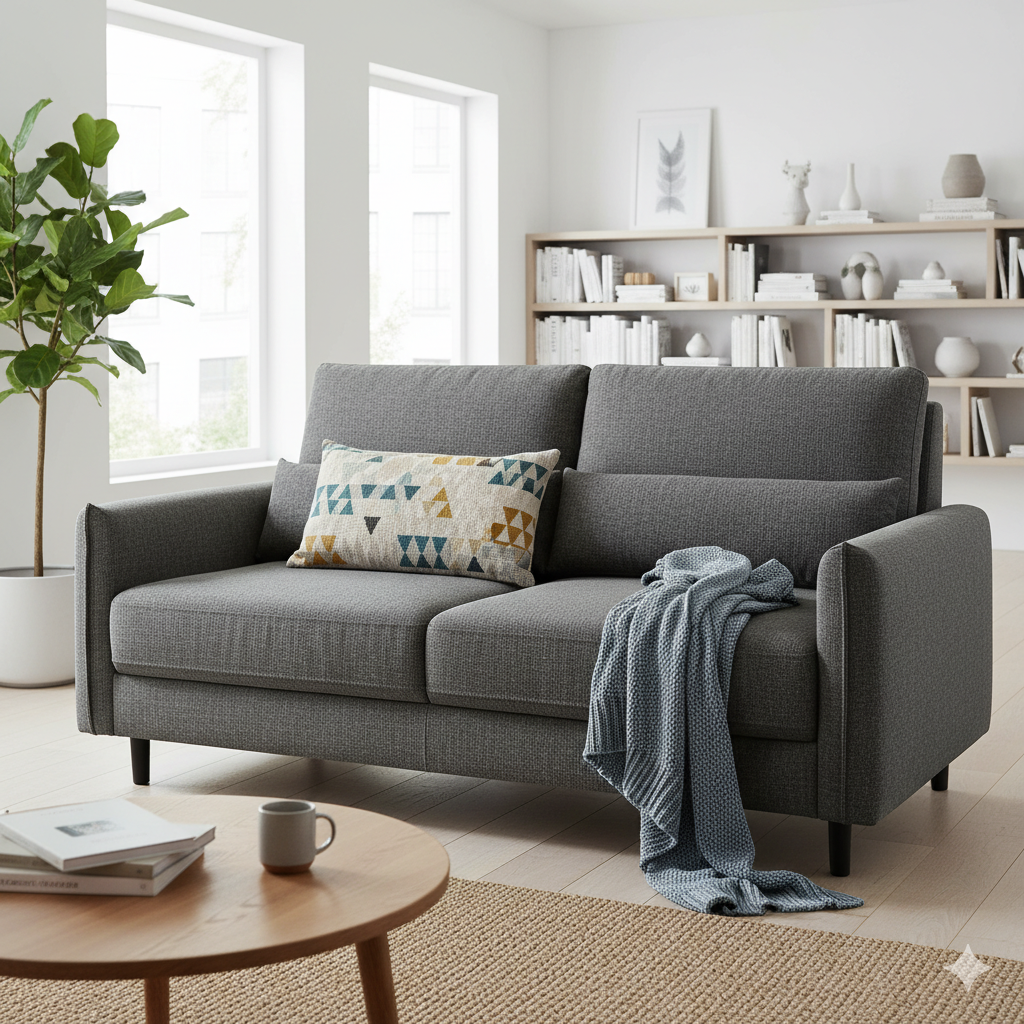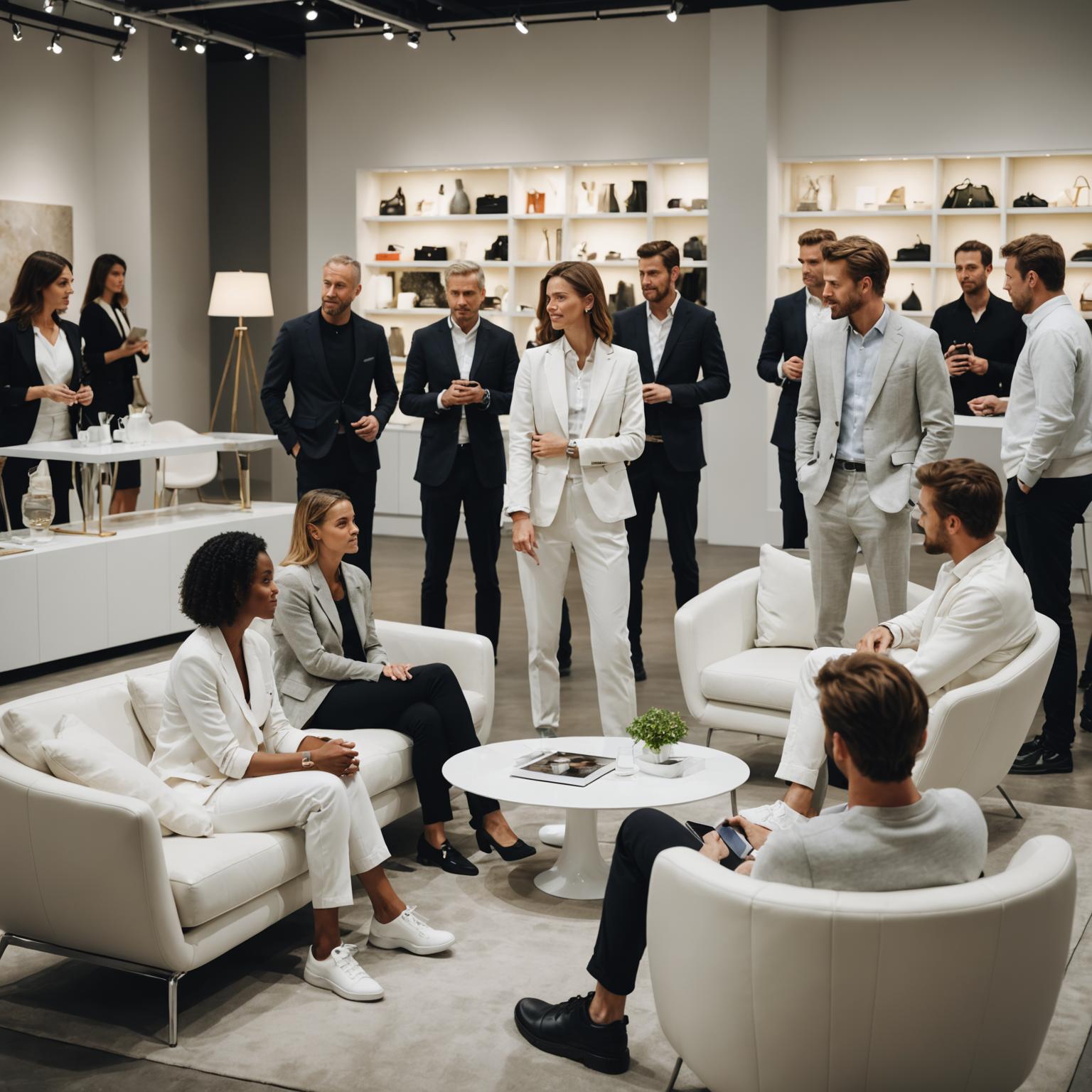
The Hidden Science of Compact Comfort
Every centimeter counts.
In a world of rising shipping costs and shrinking urban spaces, even furniture must learn to compress, expand, and adapt.
The compressed seating system is not just a design concept—it’s a logistical and ergonomic breakthrough.
It condenses complex seating structures into portable units that recover their full shape and comfort within hours of unpacking.
For global suppliers, it means more efficiency. For end users, it means modern comfort that travels well.
The Mechanics of Compression and Recovery
At its core, a compressed seating system is a study in controlled physics.
It uses vacuum compression to extract air from foam and fabric layers, reducing product volume by up to 70%.
But what makes it truly sophisticated is its ability to remember its shape—a feat achieved through advanced material engineering.
Key technical foundations include:
-
Elastic High-Density Foam: Maintains rebound strength and pressure balance.
-
Oxygen Cotton Layer: Enhances softness while supporting airflow.
-
Reinforced Modular Frames: Ensure dimensional stability during compression cycles.
-
Multi-Layer Fabric Systems: Stretch under pressure, recover without deformation.
-
Precision Vacuum Sealing: Keeps moisture, dust, and microbes out during long-distance shipping.
Together, these systems create furniture that behaves like a living structure—breathing, adapting, and returning to form with quiet precision.
Performance Comparison: Traditional vs. Compressed Systems
| Parameter | Traditional Seating | Compressed Seating System |
|---|---|---|
| Volume Efficiency | Full size, non-collapsible | Up to 70% volume reduction |
| Transport Logistics | High freight cost | Compact, optimized packaging |
| Durability | Susceptible to deformation | Elastic recovery materials |
| Comfort Profile | Static, single-layer foam | Multi-density rebound layers |
| Sustainability | Heavy packaging waste | Minimal, recyclable films |
This shift isn’t cosmetic—it’s structural.
The compressed seating system doesn’t just move better; it performs better, reshaping how factories and freight networks interact with furniture.
Engineering Materials That Withstand Pressure
The success of compression-based furniture depends on material intelligence.
At CV Castle, every layer is selected for a reason, and every fold is tested for endurance.
-
Polymer Sponge Foundation: Withstands repeated load and decompression cycles.
-
Pure Wool & Linen Upholstery: Provides breathable comfort with natural elasticity.
-
Alloy Joints & Folding Mechanisms: Silent operation and precision alignment.
-
Eco Vacuum Films: Retain internal structure while protecting from humidity.
-
Latex Blends & Isolation Layers: Add support, sound absorption, and longevity.
The result? A seating system that’s compact in transit but expansive in comfort—an engineering paradox made practical.
Applications Across Sectors
The versatility of compressed seating makes it an asset across industries.
-
Hospitality & Hotels: Enable quick installations for large-scale projects.
-
Corporate Interiors: Modular seating for flexible office arrangements.
-
Urban Housing: Smart, space-saving layouts for compact living.
-
Export Distribution: Optimize freight density for global delivery.
-
Educational & Institutional Projects: Durable and stackable for high-traffic spaces.
This system embodies what modern infrastructure demands—efficiency that doesn’t feel mechanical.
Procurement Insight: Selecting the Right System
| Project Type | Recommended Seating System | Core Material Composition | Primary Benefit |
|---|---|---|---|
| Residential Apartments | Foldable sectional seating | Foam + linen blend | Compact, breathable comfort |
| Hotel Lobbies | Modular compressed units | Foam + alloy frame | Quick assembly, luxury finish |
| Corporate Workspaces | Stackable compressed seating | Oxygen cotton + polymer | Efficient space planning |
| Export Retail | Vacuum packed seat modules | Foam + corduroy | Freight cost reduction |
In procurement, compression isn’t just a selling point—it’s a strategic advantage for supply-chain design.
Technical FAQs for Buyers and Distributors
Q1: How long can compressed seating remain vacuum-packed?
Up to six months, retaining elasticity and recovery properties under stable storage conditions.
Q2: Does compression affect the seating’s comfort level?
No. The foam and fabric composition are designed for memory recovery after long-term storage or transport.
Q3: Can CV Castle customize compressed seating systems for OEM partners?
Yes. Dimensions, materials, and modular layouts can be adapted for OEM and ODM production.
Q4: How long does full decompression take?
Between 12 to 24 hours, depending on ambient temperature and foam density.
CV Castle: Compact by Design, Expansive in Comfort
At CV Castle, compression is not a compromise—it’s a principle.
We design seating systems that travel intelligently, recover flawlessly, and serve a global network of distributors, hotels, and developers.
Each product reflects a single belief: space efficiency should never come at the cost of human comfort.
Explore our full range of compressed systems on the CV Castle homepage
or connect directly with our export team via the Contact Us page.
Because the future of furniture isn’t heavy—it’s engineered to move smarter, faster, and farther.





